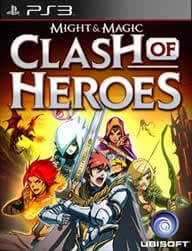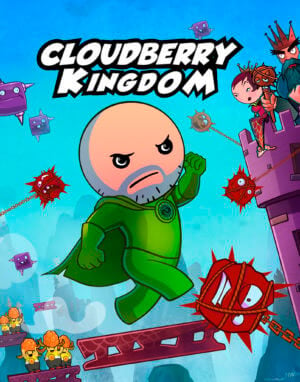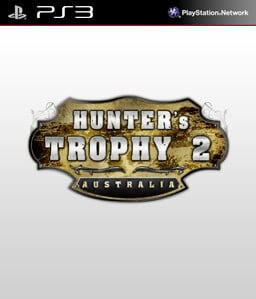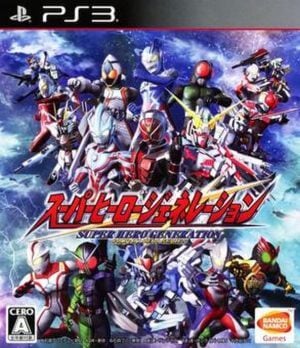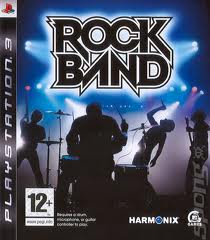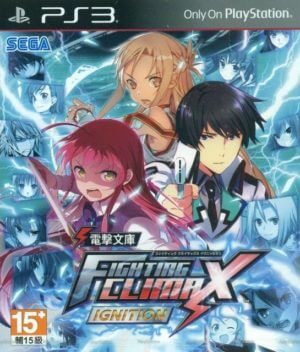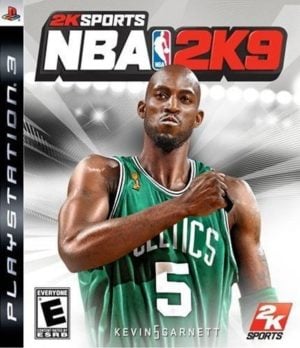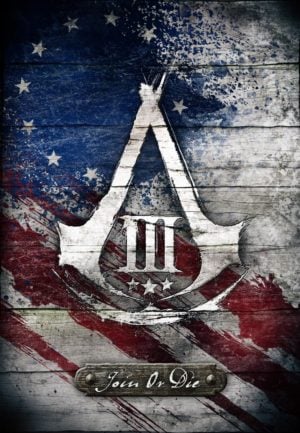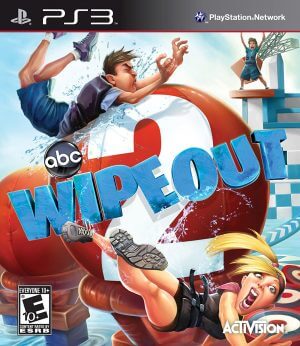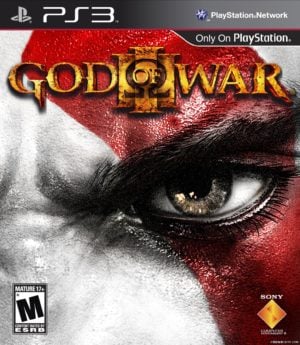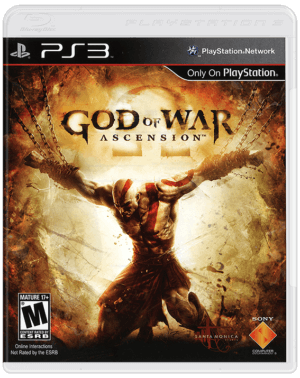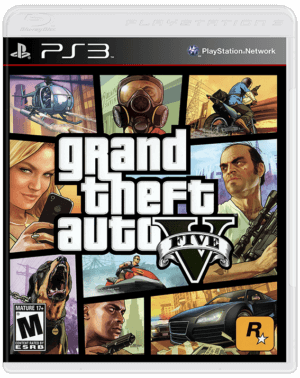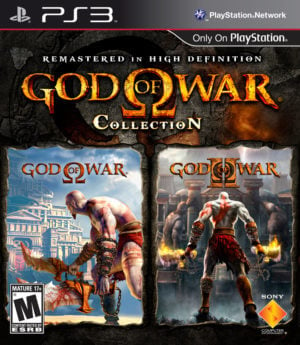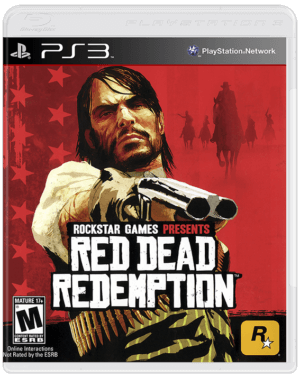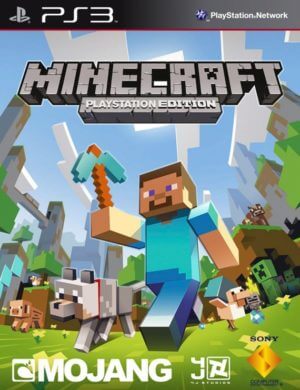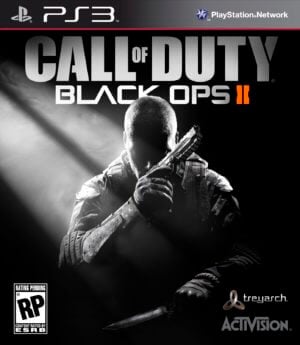The world of Ashan has a severe problem with demons. When the moon is positioned correctly, these scum emerge from their prison planet Sheogh and terrorize the community. This time, they are looking for the Binding Blade. It was forged during the last demon conflict and allowed its wearer to control demons. Something the demons cannot allow anyone to possess. Therefore, they do everything possible to sow discord between humans and elves, igniting a conflict in the Forests of Irollan. At the same time, others are blinded by the demons’ gift of power and join their ranks, albeit in secret. Since the adults are slamming their skulls against the wall, it is up to their children to rescue Ashan and defeat the demons.
Might & Magic: Clash of Heroes is a puzzle- and turn-based strategy game set in the Might & Magic universe, 40 years before Heroes of Might & Magic V. Throughout the campaign, the player assumes the role of younger versions of well-known characters such as Godric and Anwen. In each of the campaign’s five acts, the player begins with a level 1 hero in one of the four regions of the world of Ashan and even Sheogh. Like the original game, the player advances his hero through the world step-by-step, conversing with people, gathering resources such as gold and stone, receiving quests, and fighting enemies. Everything is occurring in real-time.
The hero has access to regular, elite, and master soldiers, with a maximum of three ordinary troops, one elite, and one master in his army at any given time. All units hail from the Heroes of Might & Magic universe and possess the same abilities as their larger counterparts. While ordinary troops are of no concern once unlocked because they do not need to be replaced, elite and master units must be purchased from designated buildings on the map because they can be slain in combat. Combat is turn-based but does not take place on a traditional hex grid like the original game. Instead, the action is not only the game’s primary focus but also a puzzle-like component.
Once combat has begun, the player must color-code his troops, typically with three movements available. How the troops enter the battle is determined exclusively by chance. The player can only choose from the public forces. The two screens of the DS display the player’s troops on the bottom and the enemy units in eight rows of up to six teams on the top. When three ordinary branches of the same color are piled, they form a formation and prepare for battle. Elite units require two conventional units to activate, while master units require four. Each unit type is associated with a timer and a certain level of strength. The timer informs the player which round the unit’s attack will occur. Until then, the unit’s power will increase each turn until it reaches its utmost. During this charge time, if an enemy attack strikes the same row, the enemy’s damage is subtracted from the unit’s strength until either the enemy’s or the unit’s power reaches zero. Inactive divisions weaken the enemy’s assault force but to a much lesser degree than attack formations. If teams are formed into an attack with the same remaining duration and the same hue as another unit on the board, they will link up and become even more powerful. If two attack forces of the same color are formed in succession, their combined strength will be greater than doubled.
The objective of the majority of battles is to reduce the adversary hero’s health to zero. This is accomplished by advancing an attack formation through the adversary forces with at least one remaining strength. The heroes are not represented on the battlefield, but their mana will increase if their units strike an enemy hero or if the hero himself takes damage. Once it is complete, the hero can cast a unique spell, such as a lightning storm. Each hero and their respective divisions are affiliated with one of the five factions, including Inferno and Necropolis. The gameworld they traverse is also a component of their residence.
The game contains unique boss battles and other story-relevant battles that deviate from the typical “Kill the Hero” format to spice things up. Godric, for instance, must free some prisoners by simultaneously activating two switches with his attack units. Also accessible are combat puzzles in which the objective is to eliminate all enemy troops in a single turn using predetermined units.
